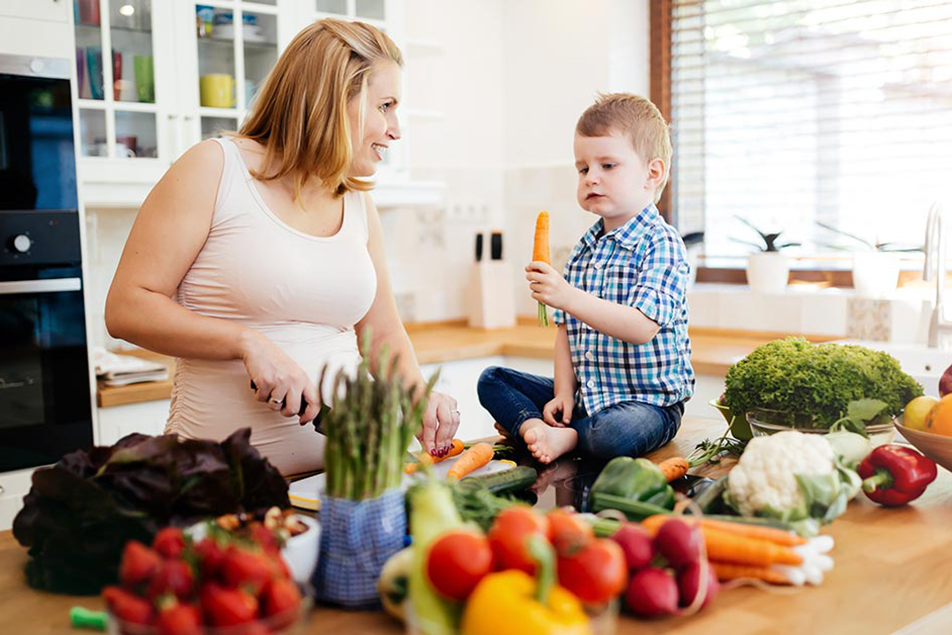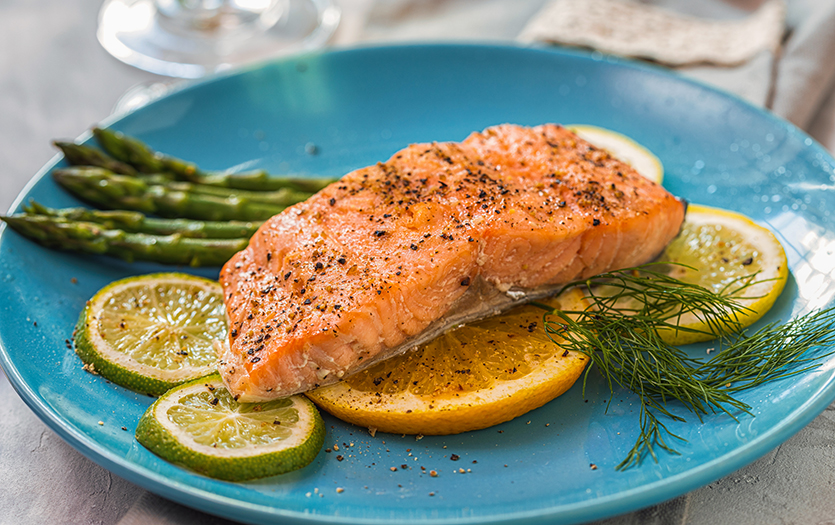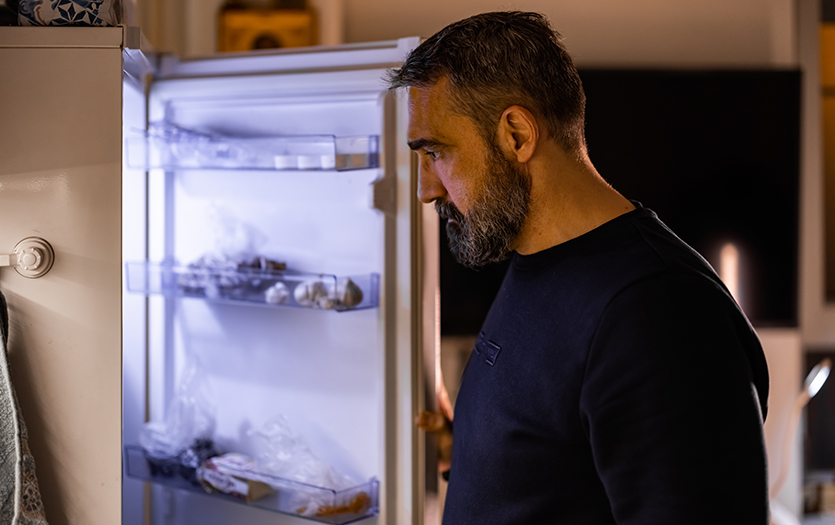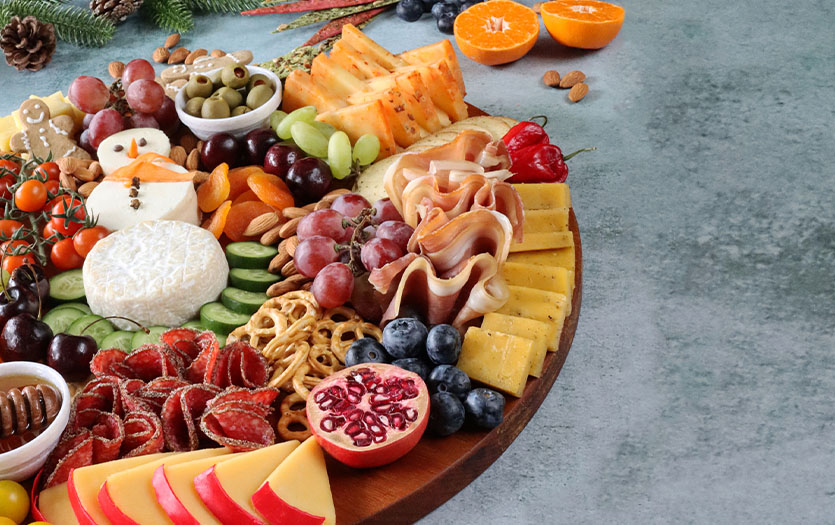
There is a concerning epidemic among America's youth. According to the Centers for Disease Control and Prevention, the rate of childhood obesity has more than tripled since the 1970s. Today, about one in five school-aged children has excess body fat and a BMI of 30 or above, the definition of obesity. More concerning, children who battle their weight at a young age are more likely to battle obesity as adults. In addition to the negative emotional factors of this condition, obesity also raises their risk of developing type 2 diabetes, asthma, cancer, stroke, heart disease and hypertension.
As we work to model good behaviors and talk to our children about their own diet, it’s important to focus on the importance of food as it relates to our health, rather than our appearance. Here are a few talking points to begin the conversation.

Those rich colors found in our favorite fruits and vegetables are nature’s signal that they contain phytochemicals. That’s the good stuff! Turn grocery shopping into a scavenger hunt and have your little ones help you in the produce section. When children feel like they are part of the decision process, they feel more invested and are more likely to eat the foods.
You are the best example for your children. They model their behaviors and decisions, particularly at a young age, after your behaviors and decisions. In fact, experts estimate that children whose parents consume healthy foods are five times more likely to meet the recommended daily diet. If your commentary about the nutritious items on your plate is positive, they will perceive the food in a positive way.
 Children trust their parents to take care of them. If you set the stage that physical activity goes better with the proper fuel, they will begin to understand the connection between food and energy. Using keywords like “protein,” “fiber,” and “hydrate” are also important ways to enforce this understanding.
Children trust their parents to take care of them. If you set the stage that physical activity goes better with the proper fuel, they will begin to understand the connection between food and energy. Using keywords like “protein,” “fiber,” and “hydrate” are also important ways to enforce this understanding.
 Utilizing rewards other than food is a great way to encourage healthy habits for your little ones. When we continuously use ice cream or fast food as the main form of celebration, it conditions our children to attach those feelings to food. Next time, try roller skating, a bike ride, a movie or having a friend over to mark the accomplishment.
Utilizing rewards other than food is a great way to encourage healthy habits for your little ones. When we continuously use ice cream or fast food as the main form of celebration, it conditions our children to attach those feelings to food. Next time, try roller skating, a bike ride, a movie or having a friend over to mark the accomplishment.
If your child seems to be hungry all the time, this could signal a few different things. Check to make sure they are eating enough protein, healthy fats and fiber, or eating enough period. Often times, an increase in hunger can indicate a growth spurt, but it could also mean a lack of adequate nutrition. It’s also important to try to rule out eating for other reasons, such as boredom or sadness. A good conversation around the dinner table is always a good idea.
 Having food between meals is perfectly acceptable, as long as it is to resolve actual hunger. If a child asks for chips rather than an apple and peanut butter, it could mean they are just bored. Treat snacks as mini meals, with items from at least two food groups, if possible. Some suggestions might be trail mix, tuna salad on high fiber crackers, celery and almond butter, or hummus and carrots.
Having food between meals is perfectly acceptable, as long as it is to resolve actual hunger. If a child asks for chips rather than an apple and peanut butter, it could mean they are just bored. Treat snacks as mini meals, with items from at least two food groups, if possible. Some suggestions might be trail mix, tuna salad on high fiber crackers, celery and almond butter, or hummus and carrots.
As vital as nutritious eating is, creating shame around the occasional treat can cause a negative relationship with food. It’s important to teach balance. Ice cream once in a while or cake at a friend’s party is not going to hurt them. They just want to aim for wholesome foods as a regular practice.

As your child ages, particularly in their teen years, they gain more independence in all things, including food choices. Invite them to prepare portions of the meal (even try their own recipes) or talk about meal decisions they made throughout the day. Encourage them to treat their body like a vehicle for all the things they enjoy. If they equate smart food choices with a better performance on the basketball court, for example, that can be an excellent motivator. It’s even better if they learn to prepare those foods themselves!



